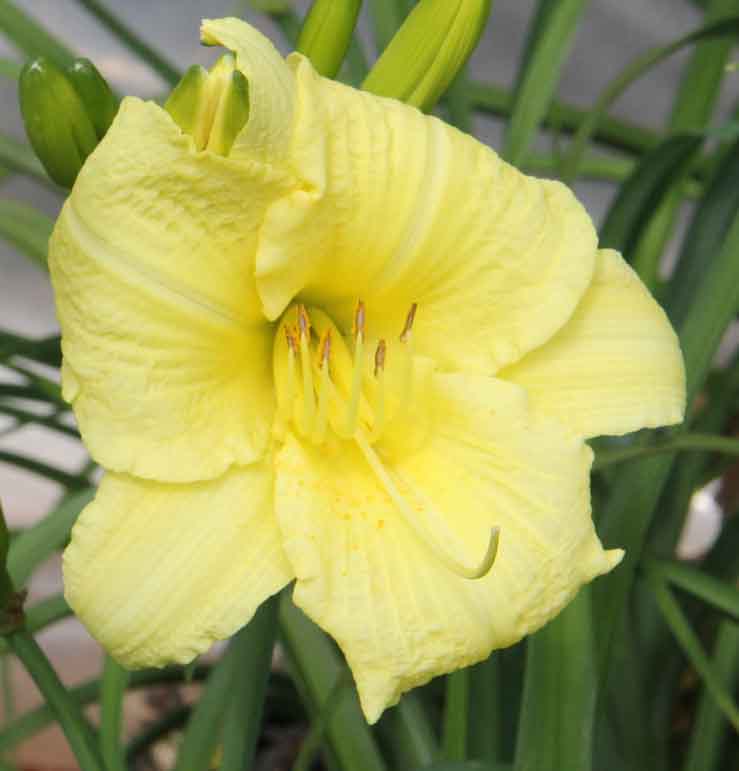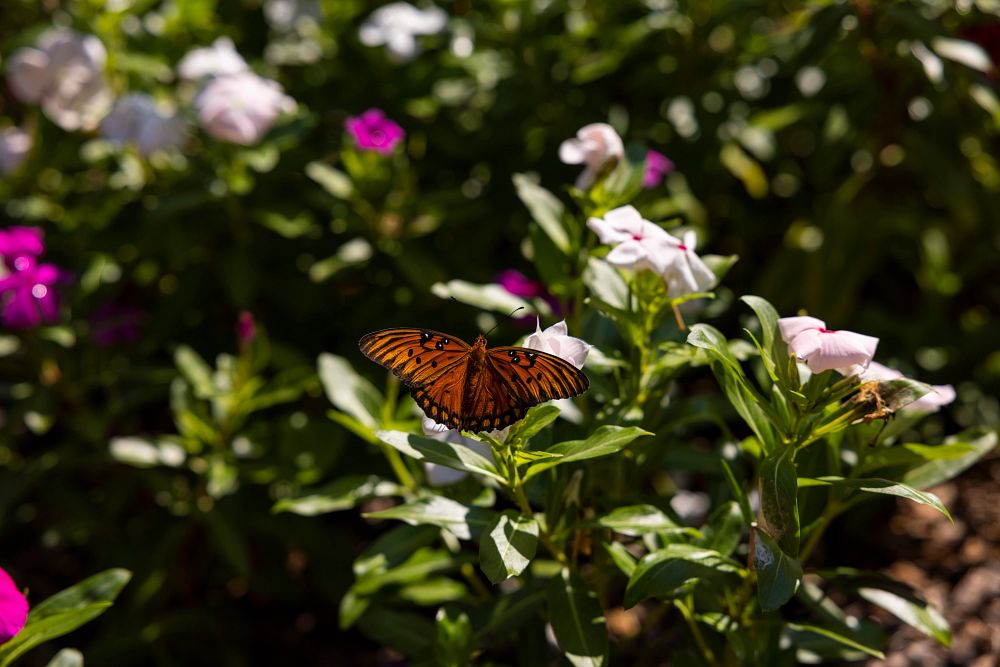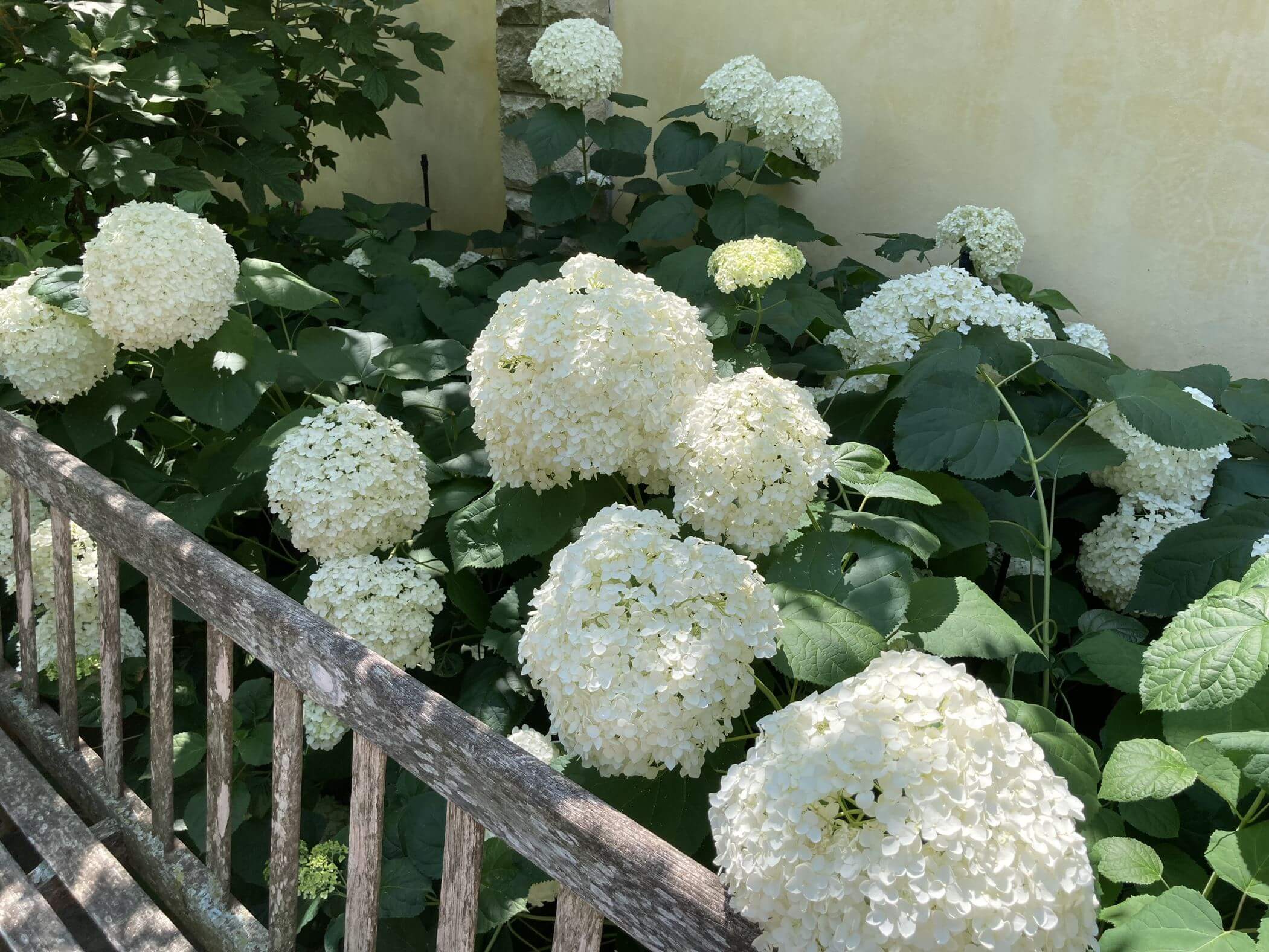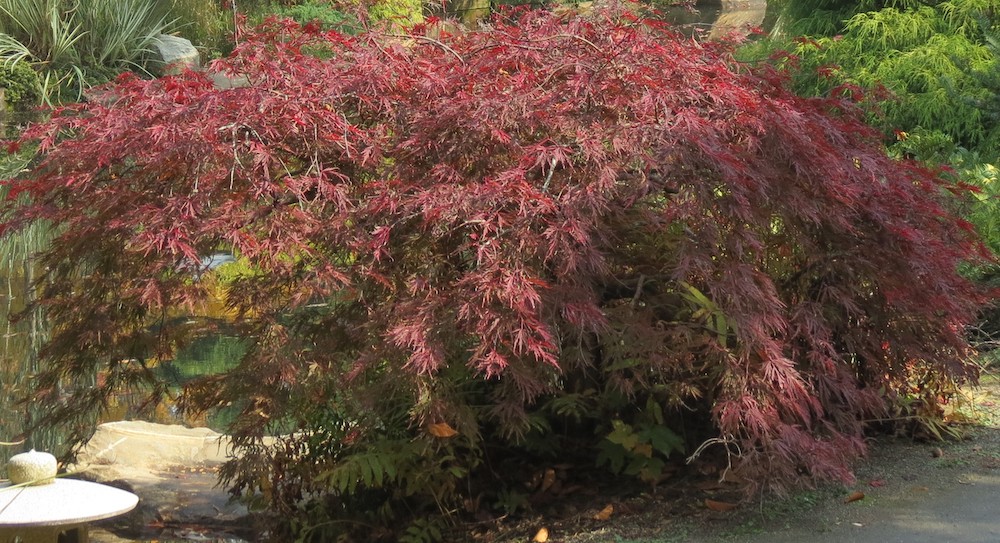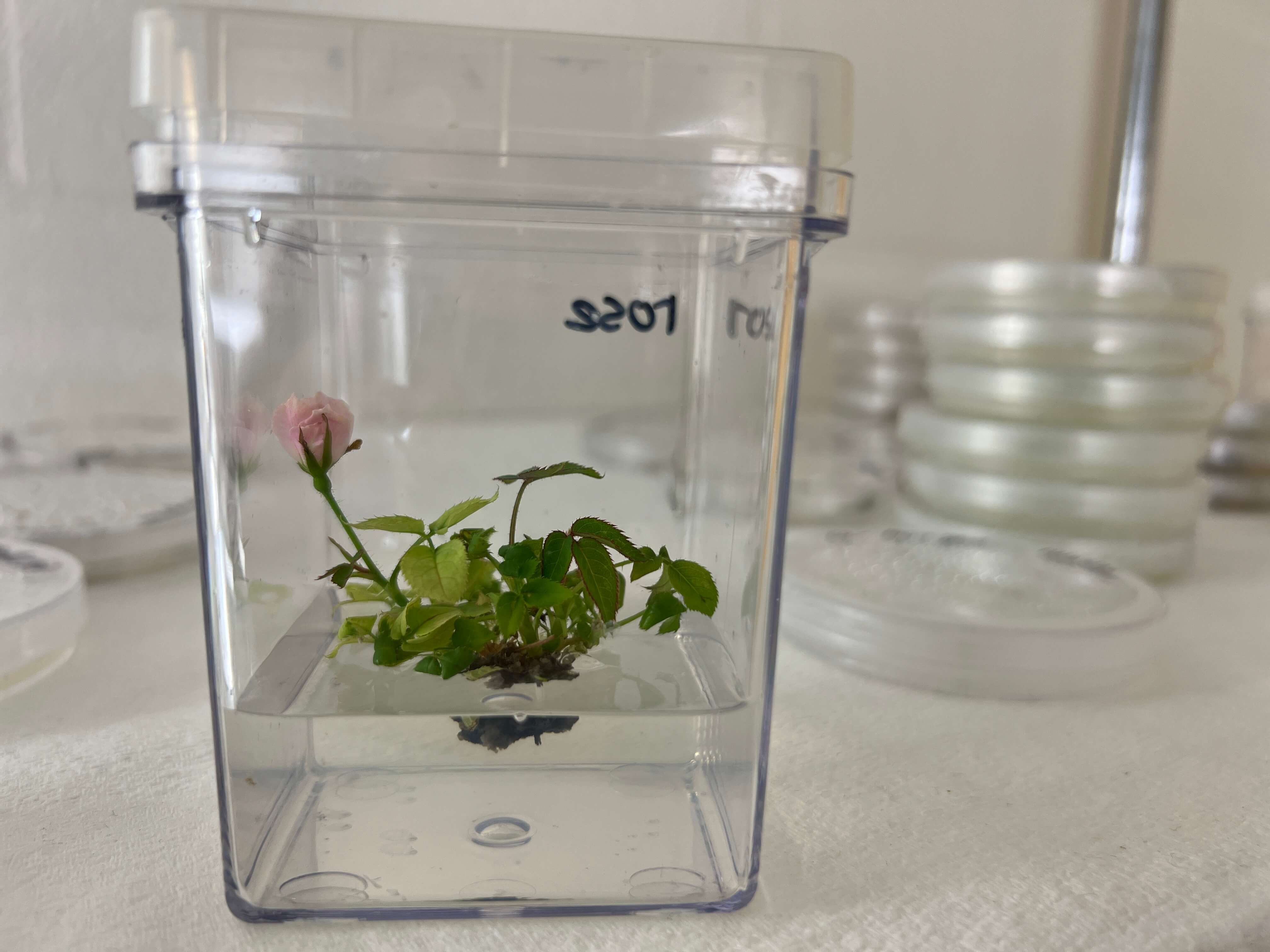Late summer and early fall are ideal times to lift, divide and replant daylilies. By preparing now, you will be rewarded with a spectacular show of color next year.
Dividing the plants
The objective is to help the newly divided plants establish good root systems during the fall and late winter. The transplanting process is relatively easy.
Just divide the plant into several clumps of foliage and roots and retain as many of the roots as possible with each division. Before replanting the division, cut back the foliage to one-third of its original height.
Daylilies are very sensitive to proper soil preparation. Loosen the soil and amend it with organic matter, such as peat moss or compost. If the soil has not been limed, add 4 or 5 pounds of dolomitic lime per 100 square feet. Then add a light application of fertilizer when you plant the new division. A heaping teaspoonful per plant is adequate. Blend all amendments with the soil thoroughly.
Plant at a proper depth
Daylilies should not be planted too deeply. Plant the new divisions at same depth as the original plant.
A safe rule of thumb is to set the new division so that the point where roots and foliage meet is no deeper than one inch below the surface of the soil. Planting at the proper depth is important for maintaining vigorous daylilies.
Many other perennials can be divided and transplanted using the same steps. These include magic lily, African lily, liriope, amaryllis, ginger and iris. Also, like daylilies, these perennials need to be planted, or transplanted, in the early falls to ensure that they will thrive in the spring.

